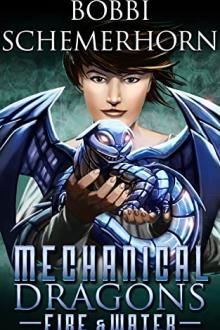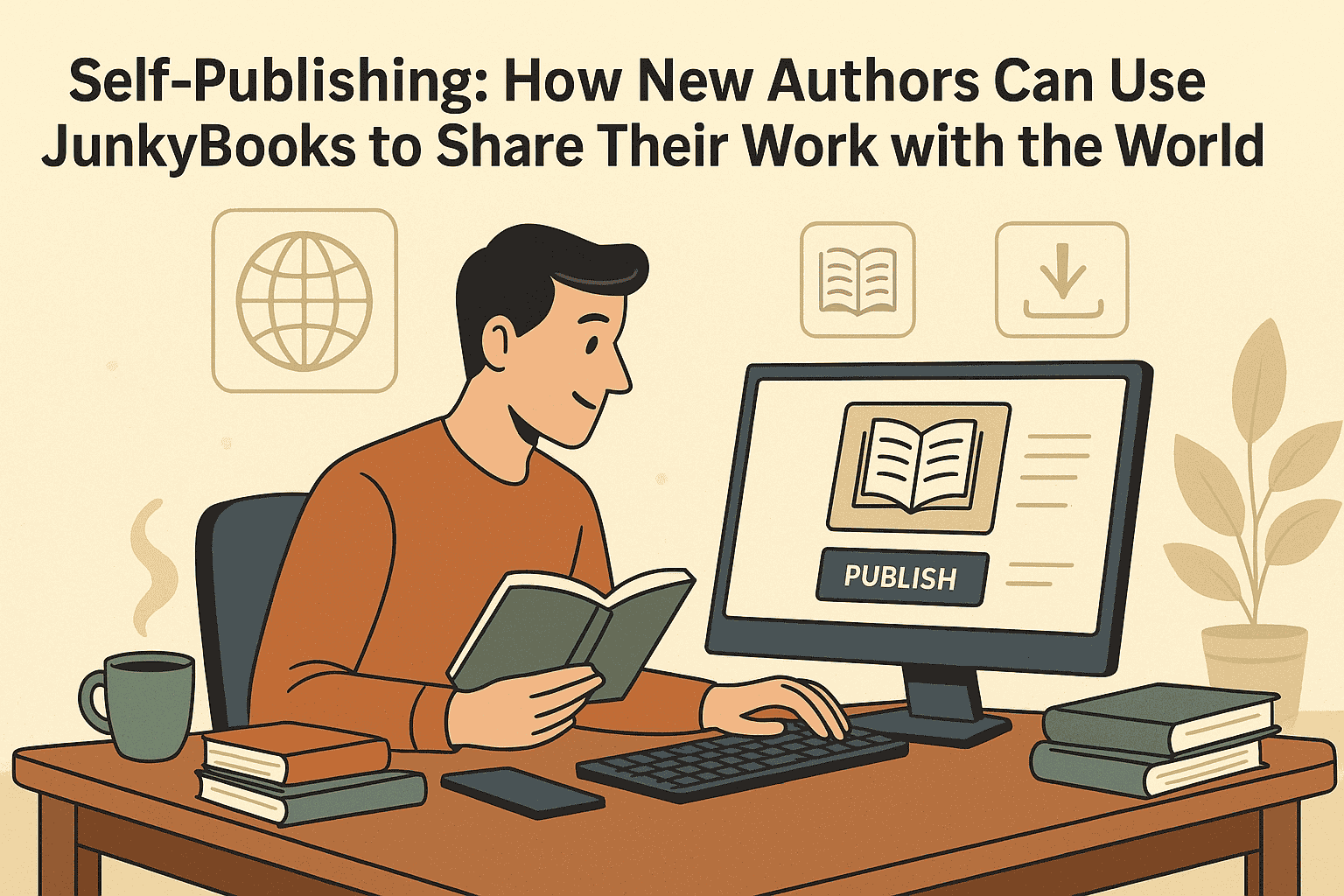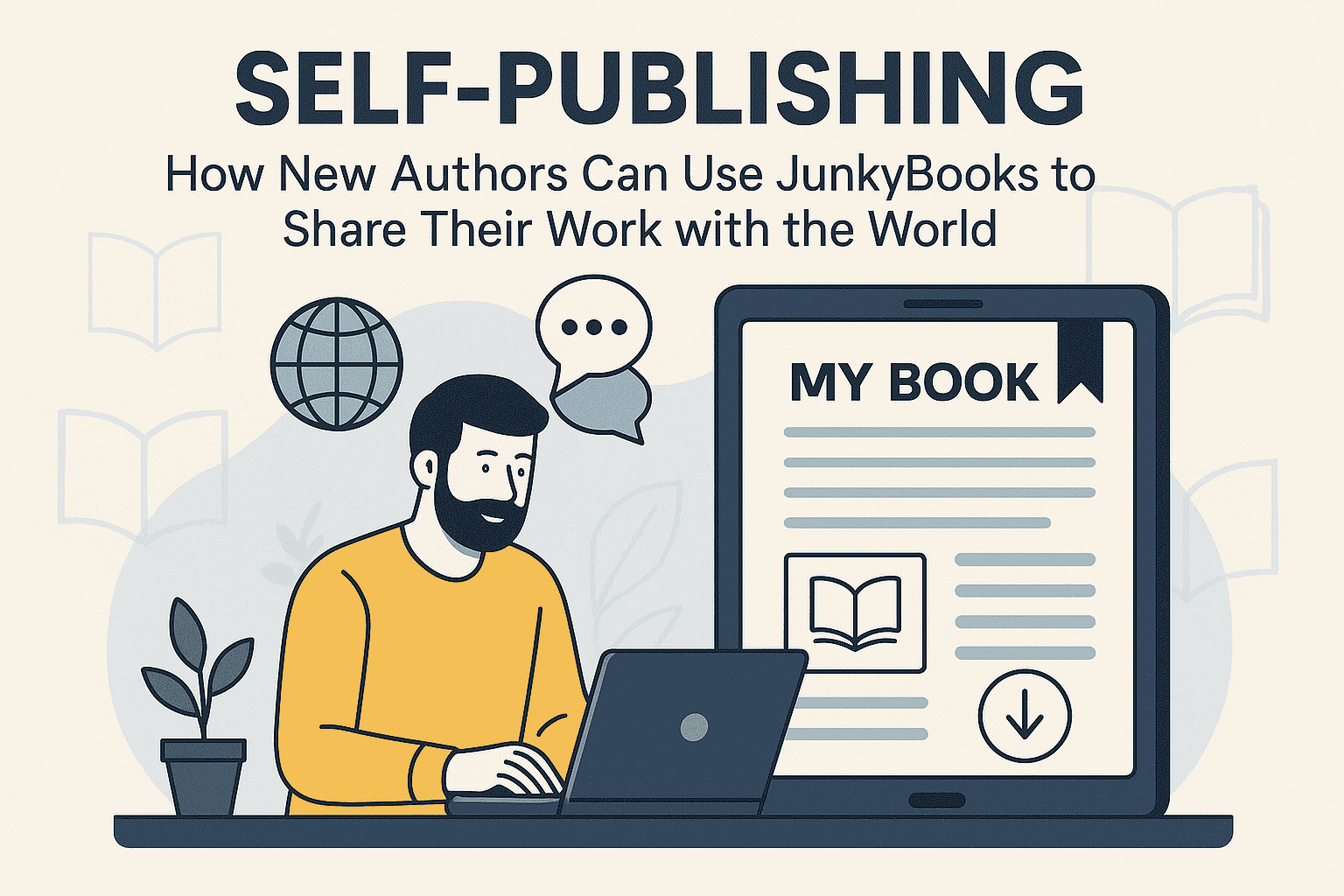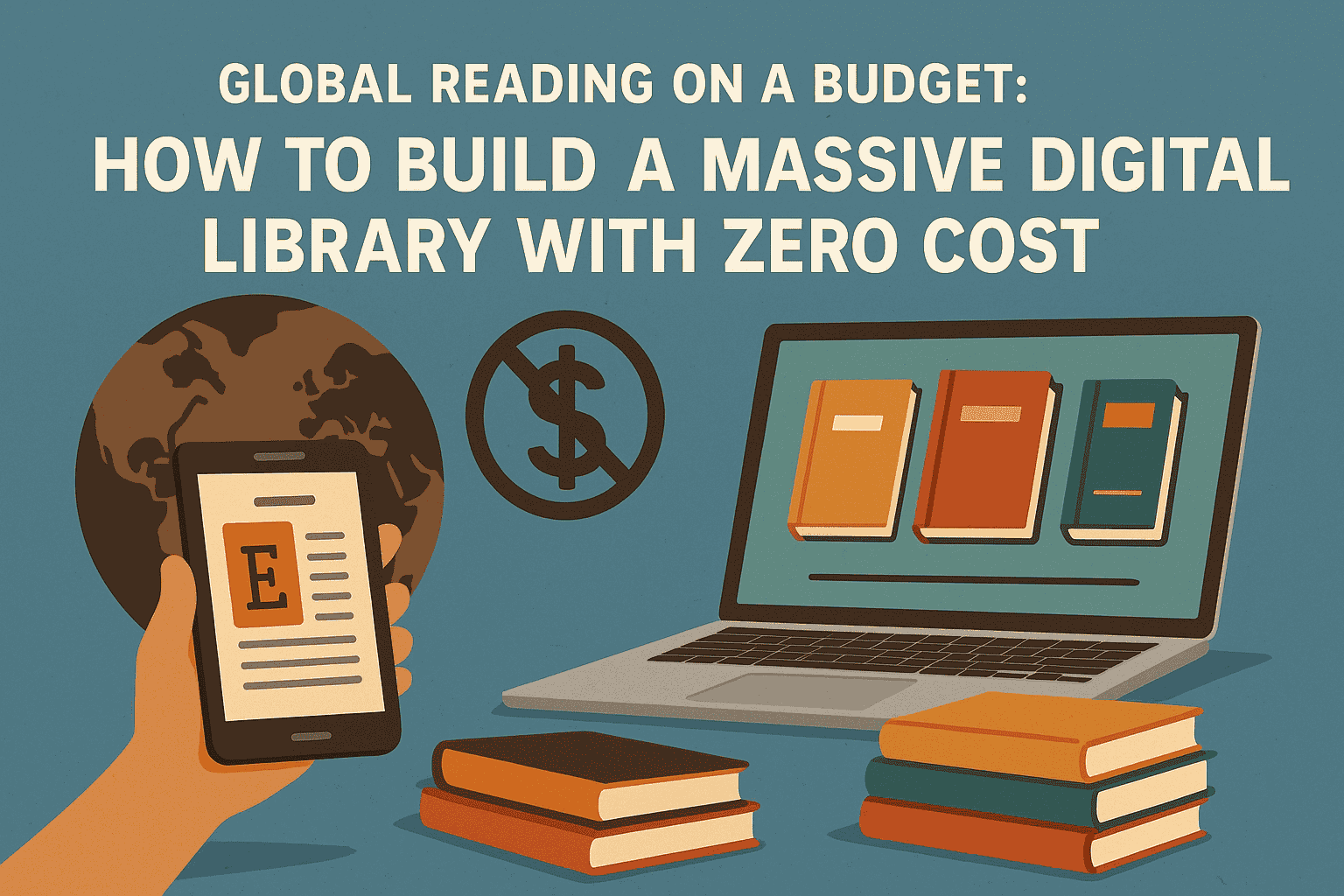Posthumanism in Literature: Reimagining Humanity in a Tech-Driven World
As technology continues to blur the boundaries between the organic and the artificial, literature is undergoing a philosophical transformation. At the heart of this shift is posthumanism—a growing intellectual and literary movement that challenges traditional human-centered narratives. Where once literature centered on the human condition, posthumanist fiction now dares to ask: What happens when the human is no longer at the center of the story?
Posthumanism in literature explores what it means to be human in an age of biotechnology, artificial intelligence, cybernetic enhancement, climate change, and digital consciousness. It is not just about robots or cyborgs—it is about rethinking identity, consciousness, ethics, and existence itself in a tech-driven world.
This blog post dives into how posthumanism is reshaping contemporary literature, what themes it explores, and why these narratives are vital in the 21st century.
What Is Posthumanism?
Posthumanism is both a philosophical stance and a literary mode. It critiques the Enlightenment-era belief in the supremacy, rationality, and autonomy of the human subject. In its place, posthumanism offers a view of humanity as interconnected with technology, nature, animals, and other forms of intelligence, both biological and synthetic.
Unlike transhumanism, which often celebrates the enhancement of human capabilities through technology, posthumanism questions whether the idea of “the human” is even stable or worth preserving. It examines how language, culture, and machines have always shaped our identities and consciousness.
In literature, posthumanism manifests in stories where humans:
-
Merge with machines or networks
-
Exist in virtual realities
-
Are redefined by genetic or AI engineering
-
Are decentered in favor of nonhuman narrators (robots, animals, environments)
-
Face extinction or irrelevance in the face of superior beings
These stories ask: What comes after the human?
From Humanism to Posthumanism in Literature
For centuries, Western literature was shaped by humanist ideals—focused on individual agency, moral reasoning, and the centrality of the human experience. From Renaissance poetry to modern novels, stories celebrated human uniqueness and dominance over nature, animals, and machines.
But as scientific discoveries and technological developments revealed the limitations and biases of this worldview, literature began to shift. Writers started to question the boundaries between human and non-human, mind and body, nature and culture.
Mary Shelley’s Frankenstein (1818) is often cited as an early posthuman text. Though rooted in Romanticism and Gothic horror, the novel explores the consequences of human ambition to transcend nature, creating a being that is both human and monstrous. Similarly, H.G. Wells’ The Island of Dr. Moreau (1896) interrogates the ethics of genetic manipulation long before biotechnology became a reality.
In contemporary literature, posthumanism has taken center stage, reflecting the anxieties and possibilities of a world where the human subject is no longer sovereign.
Posthuman Bodies and Minds
One of the key areas posthumanist literature explores is the body and consciousness. If machines can think and if bodies can be endlessly modified, what defines personhood?
In Richard K. Morgan’s Altered Carbon, human consciousness can be transferred into new bodies (“sleeves”), separating identity from biology. This challenges the notion of a fixed self and raises philosophical questions about mortality, memory, and the soul.
Similarly, in Margaret Atwood’s Oryx and Crake, genetically modified humans (“Crakers”) are engineered to be free from violence, lust, and disease. These beings represent a “better” version of humanity—raising questions about evolution, ethics, and what traits are worth preserving.
Other novels like Kazuo Ishiguro’s Never Let Me Go or Octavia E. Butler’s Lilith’s Brood examine genetically engineered beings who are denied full personhood. These stories expose the dangers of defining humanity through arbitrary or hierarchical criteria.
Posthuman literature asks: Is identity defined by flesh, consciousness, or something else entirely?
Artificial Intelligence and Posthuman Thought
AI plays a significant role in posthuman narratives. Not just as antagonists or tools, but as subjects with their own thoughts, emotions, and desires. These stories imagine a world where machines may become more moral, intelligent, or empathetic than their creators.
In Ian McEwan’s Machines Like Me, the humanoid robot Adam develops moral convictions that clash with his owner’s decisions, raising issues of autonomy, loyalty, and justice. Similarly, in Ted Chiang’s The Lifecycle of Software Objects, AI beings grow emotionally and socially over time, challenging what it means to raise, educate, and love non-human minds.
These stories often explore:
-
The legal and ethical status of sentient AI
-
Emotional relationships between humans and machines
-
The potential for machines to have consciousness or a soul
-
The fragility of human exceptionalism in the face of superior intelligence
AI in posthuman literature serves as a mirror—forcing us to confront our own flaws and assumptions about what makes life meaningful.
Ecological Posthumanism: Nature Reasserted
While much of posthuman literature focuses on technology, another important branch explores the non-human world—animals, plants, ecosystems—as agents and storytellers in their own right.
Works like Jeff VanderMeer’s Annihilation or Richard Powers’ The Overstory depict nature not as a backdrop but as a powerful, intelligent force with its own stories and rhythms. In these novels, human characters are dwarfed or transformed by ecological systems that resist anthropocentric understanding.
This form of posthumanism aligns with the growing field of ecocriticism, which examines how literature addresses environmental concerns. It suggests that humans are just one species among many—and not necessarily the most important.
By giving voice to forests, animals, and alien ecologies, these stories ask: Can literature help us move beyond the myth of human mastery?
Posthumanism and the End of the World
Posthuman literature often intersects with apocalyptic or post-apocalyptic genres, where the decline or extinction of humanity leads to the rise of new forms of life.
In Cormac McCarthy’s The Road, the remnants of humanity cling to meaning in a dead world, while in Emily St. John Mandel’s Station Eleven, art and memory become the legacy of a vanished civilization. These novels suggest that even in decline, humanity leaves echoes—stories, technologies, ruins—that other beings may inherit or reinterpret.
Other works, like Don DeLillo’s Zero K or David Mitchell’s Cloud Atlas, imagine futures where posthuman evolution is not an end, but a transformation. Death is not a failure but a threshold to a new state of being.
In this way, posthuman literature becomes a form of speculative mourning—grappling with the end of the Anthropocene while imagining what might rise from its ashes.
Posthuman Storytelling: Form Follows Philosophy
The themes of posthumanism often shape not just the content but the form of the stories themselves. Traditional narrative structures may be abandoned in favor of fragmented timelines, multiple points of view (including non-human ones), or interactive digital formats.
For example:
-
Fragmented narratives mirror the breakdown of the unified human subject.
-
Multiple narrators (AI, animals, ecosystems) decenter human perspectives.
-
Interactive or digital formats (games, apps, transmedia storytelling) invite readers to experience distributed consciousness.
This blending of content and form creates immersive and provocative reading experiences that embody the very questions posthumanism raises.
Why Posthumanism Matters
Posthuman literature is not just a genre trend—it’s a response to our moment in history. As we face climate catastrophe, genetic engineering, mass extinction, AI dominance, and digital immersion, the boundaries of “the human” are being redefined in real time.
Posthuman fiction helps us:
-
Rethink outdated binaries (human/machine, nature/culture, mind/body)
-
Develop ethical frameworks for interacting with other forms of life
-
Imagine new ways of living, being, and storytelling
-
Mourn what is lost, while preparing for what might come next
In a sense, posthumanism is not anti-human—it’s post-egoic. It recognizes that humanity is part of a larger, interconnected system of beings, machines, and ecologies. By decentering the human, it may actually help us survive, by fostering humility, empathy, and innovation.
Conclusion: The Future Beyond Us
Posthumanism in literature is a call to expand our imagination, ethically and artistically. It dares to envision futures where humanity is no longer the measure of all things—but still has stories to tell.
In these narratives, we are no longer the sole heroes. We are companions, ancestors, experiments, or even relics. Yet, through the lens of posthumanism, our place in the cosmos gains new meaning—not as masters, but as participants in a vast, evolving story.
As technology transforms life in unpredictable ways, posthuman literature will continue to challenge, guide, and inspire us. It reminds us that the end of “the human” might just be the beginning of something more expansive—and perhaps more beautiful.








